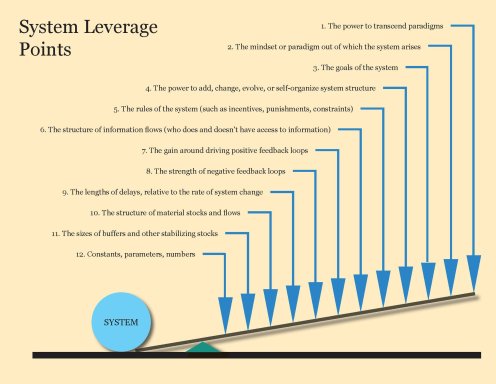The Fall of Agile Consulting and the Rise of Systems Thinking
In the shifting tides of the business landscape, staying afloat requires more than just clinging to the past. Twenty years ago, Agile consulting was the golden ticket, but now, that ship has sailed. Welcome to the era of Systems Thinking, where a holistic approach to business reigns supreme. Brace yourself for a journey into the next business revolution that’s taking the world by storm.
A Golden Era Passes
Two decades ago, in the early 2000s, the business world was going through a significant transformation of their approach to software development. Organisations were moving away from traditional waterfall (and ad-hoc) approaches and adopting Agile, shifting from a linear, sequential approach to a more iterative, collaborative one. Agile coaches, project managers, and consultants found themselves in high demand, guiding teams and organisations through the transition and reaping significant rewards. For these individuals, it was a golden era, as companies in all sectors scrambled to understand these new ways of working and better respond to change.
Terminus
However, as the saying goes, nothing lasts forever, and so it was for the Agile consulting boom. Fast forward to the present, twenty years later, and the Agile market has senesced. Most organisations are now familiar with at least the term. The consulting gold rush has tapered off; that particular gravy train has reached its terminus.
Paradigm Shifts
Today, the buzz is all about whole systems approaches and systems thinking. In this approach, businesses are considered as complex systems, an interconnected network of components rather than isolated departments or teams. This perspective encourages organisations to break down silos and consider the wider impact of decisions and changes, leading to more sustainable and holistic solutions.
With the rise of this new perspective, the focus has shifted from software and individual project management methods to an overarching, systemic focus. The challenge is now about understanding and managing complexity, facilitating interconnections, identifying feedback loops, and shifting paradigms.
Reinvention
Can the Agile consultants, coaches, Scrum masters, etc., of yesteryear evolve and learn to navigate this new landscape so as to remain relevant?
Inspect and Adapt?
In conclusion, trends come and go, and those who can adapt thrive. “Inspect and adapt”, anyone? Twenty years ago, Agile was the buzzword; today, it’s systems thinking. Who knows what the next twenty years will bring? It’s a constant reminder that the only thing consistent in business (and life) is change.
Note: If this post has given you cause for concern, I’m always happy to talk things through, one-to-one.



